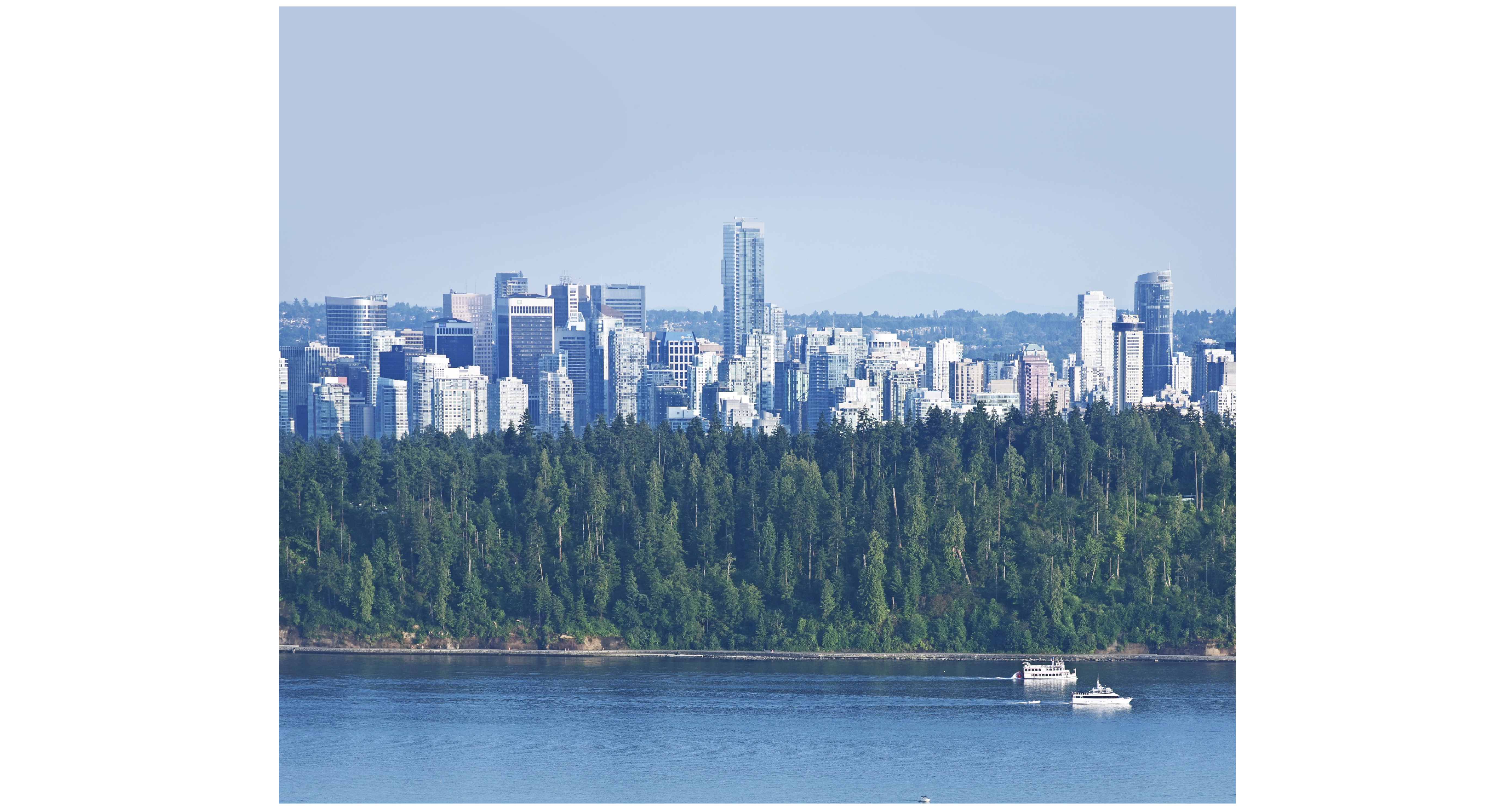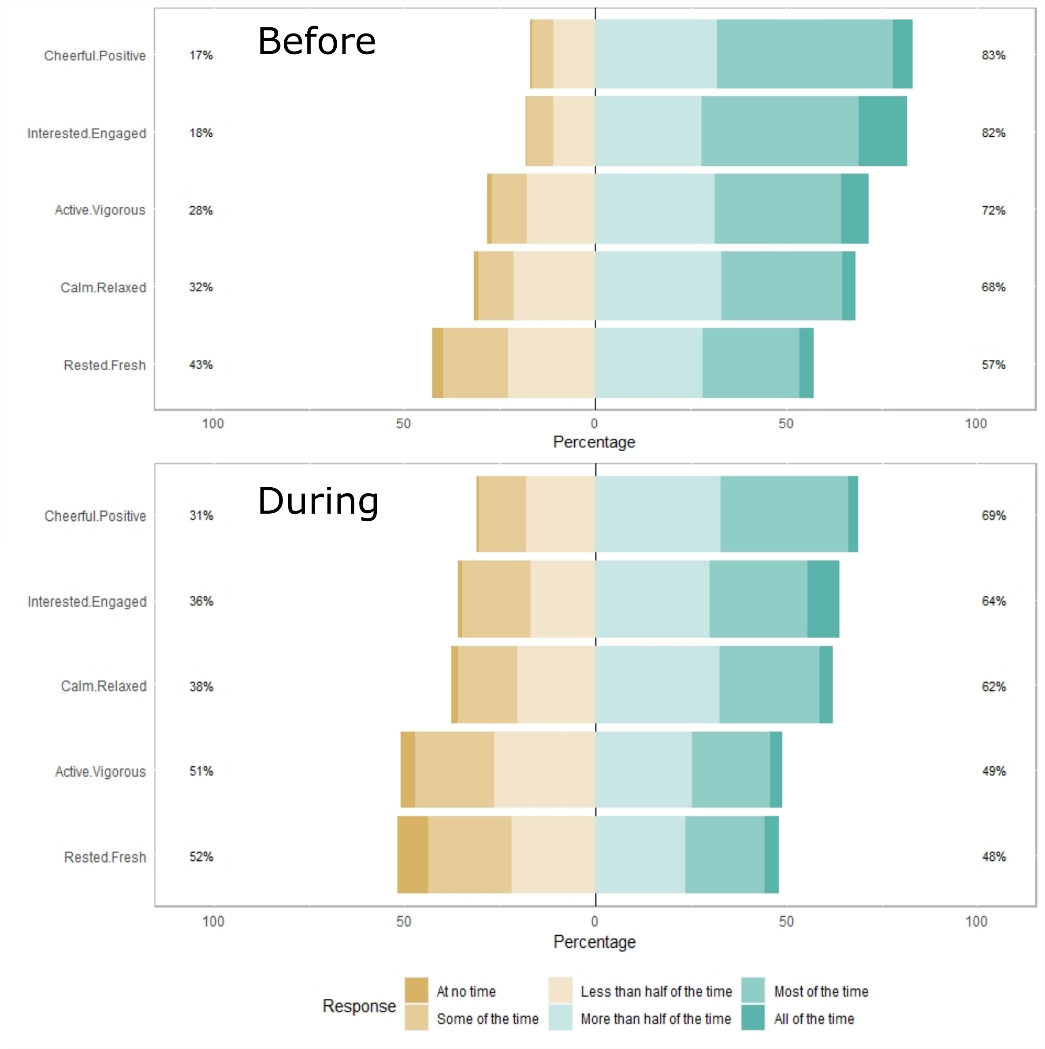
Finding solace, resilience and connection in nature during the pandemic
As cities continue to grow and multiply, we get more disconnected from nature and become less aware of the impact our modern lifestyles have on the environment. Conversely, experiencing nature in our busy urban lives provides a powerful way to restore our sense of community, well-being, and stewardship for a healthy planet. Looking at the ways in which nature has appeared to us during the COVID-19 pandemic, whether in parks, forests or other green spaces, helps us gain important insights into this.
Whether imposed or not, isolation in times of the pandemic has triggered a myriad of changes and emotional responses among us, exposing both the best of humanity but also many areas where we can do much better as a society. The #StayAtHome call did not only mean an abrupt discontinuity in our daily routines, it also meant facing deep uncertainty for months to come about the health and well-being of our close communities and the state of the world as we know it. Dealing with the unknown, and the associated fear and anxiety, required resilience both as individuals and as a community.
In the midst of COVID-19, nature has been for many not only a source of joy and hope, but also of solace, grounding and healing. When the curve hit its highest point here in Vancouver, Canada, I noticed how people in town – as much as abroad – eagerly shared on social media positive stories about wildlife appearing in cities as traffic subsided, comments on skies and rivers clearing, photos of beautiful urban trees and green spaces that honored good memories, sounds of nature they would enjoy from their open windows, or wilderness soundscapes they would miss. In moments of candid sharing, friends who live on their own told stories about how their indoor plants became their good companions. Slowly, as the sun of spring started to rise in this corner of the world, so did the anticipation for food gardens and meaningful time spent outdoors.
As we move on with British Columbia’s ‘Restart Plan’ (which is not a recovery from COVID-19 but a series of steps to move the province through the pandemic), Vancouverites have started to enjoy more time outside, all while keeping appropriate physical distancing. Local and regional parks are opening in and around the city by providing measures for people to visit safely. Roads in the iconic Stanley Park have closed to cars allowing bikers and pedestrians alike to fully experience the urban forest with appropriate distance between parkgoers. Local authorities are actively encouraging citizens to spend time in nature, aware of the multiple mental, physical and social health benefits it provides.
While biking across Vancouver, I observe how urban forests and green spaces are now taking the frontlines in creating diverse and livable spaces, and a renewed sense of community. In addition to bringing people together for longed-for picnics, shared laughs and conversations, urban green spaces have become wild hubs for fitness activities, dance gatherings, and the creative arts. Urbanites are taking martial arts, yoga, tai chi and other practices to the parks, the beach, and the woods. For those in search of introspection and restoration, urban and peri-urban nature has become the go-to for quiet contemplation, solo walks and exploration, mindfulness practices, and nature-based therapies such as forest bathing, which is gaining increasing attention here in the West Coast.

Green spaces are important for socializing and recreating while respecting physical distancing in Vancouver, Canada. Photo credit: Tahia Devisscher
These observations are not unique to Vancouver. News about green spaces becoming the epicenter of a new way to create ‘caring cities’ are proliferating, especially in places where urbanites have been given the green light to spend more time outside. This phenomenon is an opportunity to transform our cities moving forward: a chance to nurture the potential of nature to create healthier and more resilient societies. We may not go back to ‘normal’ life post-pandemic, but this is undoubtedly an opportunity to ‘bounce-forward’: learn from what did not work well for us in the past and make it better.
Distilling lessons from past urban trends and present conditions includes, among other things, recognising that unequal access to urban forests and green spaces is widespread across many cities worldwide. Whether at home or outdoors, access to nature during the pandemic has clearly not been an equal experience to all. Firstly, this includes acknowledging that not everybody perceives and interacts with urban green spaces and forests in the same way. Secondly, it calls for a critical look at the quantity and quality of nature that people living in different neighborhoods can access within walking distance. Lockdown for many people meant staying in households that lacked access to outdoor spaces such as balconies, gardens, or communal rooftops, or any kind of views to nature from the windows. Lack of access to green spaces often correlates with patterns of socio-economic disparity, denoting environmental injustice. Unfortunately, while the vulnerable population could have the greatest benefit from green spaces, it often faces the greatest deprivation from more meaningful exposure to nature. In this regard, COVID-19 has shone a much-needed light on inequalities in our urban society that need urgent attention. And this is just one among many others.
Earlier this year, I joined efforts with colleagues at the Faculty of Forestry, University of British Columbia, to gain a better understanding of the role nature is playing during the COVID-19 pandemic for our health, resilience and well-being. Similar to the survey created by the CLEARING HOUSE project, we launched a multi-lingual survey that collected responses from more than 65 countries over May and June 2020. This survey targeted urbanites that were in lockdown/self-isolation due to the Corona outbreak and included questions on: living conditions; access to nature indoors and their immediate outdoor space; the experience of going out in nature; general connectedness to nature; and self-reported health and well-being. We captured how people felt during the pandemic, and related it to pre-pandemic conditions for comparison. For instance, preliminary results of the survey indicate a drop in self-reported well-being during the lockdown/self-isolation, see Figure 1.

Figure 1. Statements that describe how survey respondents (for this question: 2236 people) felt before and during the COVID-19 pandemic in relation to their well-being. Statements based on the WHO-5 Well-Being Index : (1) cheerful and in good spirits, (2) calm and relaxed, (3) active and vigorous, (4) fresh and rested, and (5) my daily life has been filled with things that interest me. Note that bars are ordered based on response values, and hence the order of labels may differ.
With this global study, we intend to generate new insights to address outstanding questions about the best ways to increase connection with nature in urban settings moving forward. For example, Figure 2 provides some initial hints into the main reasons that moved people to spend time in nature during the pandemic. Findings of this kind do not only highlight social awareness about the essential role nature is playing in our well-being during stressful times, but could also potentially inform long-term decision-making around healthy lifestyle choices and healthy city planning. We are currently making progress with the analysis of survey data and are eager to share findings and support other global efforts invested in this line of enquiry.

Figure 2. Most important reasons listed by survey respondents (for this question: 2236 people) to spend time in nature during the corona outbreak lockdown/self-isolation.
While COVID-19 has brought pain, distress and disruption in our societies, it has also created space for renewed conversation on a social transformation that is much needed for societies to be responsible for a healthier planet. From a local to a global level, this kind of transformation is possible with nature at its core.
Author: Tahia Devisscher, University of British Colombia
Dr Tahia Devisscher is a research and teaching fellow at the University of British Columbia, Canada. She is currently investigating the extent to which forests and green space in and around cities can increase social-ecological resilience, and improve the way in which urbanites relate to, benefit from, and engage with nature. Over the past decade, Tahia has supported global to local strategies to improve human well-being and address climate change through nature-based solutions. In her research work with the Stockholm Environment Institute, she collaborated with partners in more than 20 countries mainly across the Global South. Tahia has an interdisciplinary background and a PhD in ecosystems science from the University of Oxford, UK.
